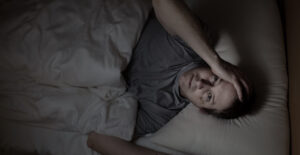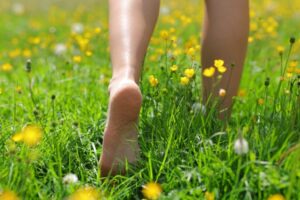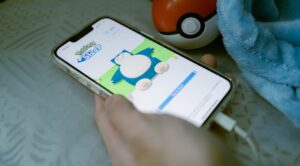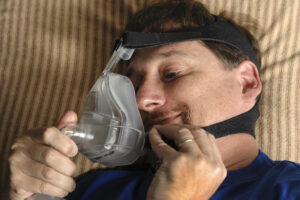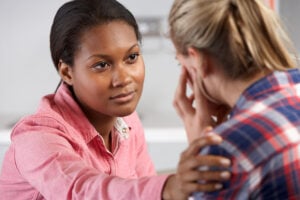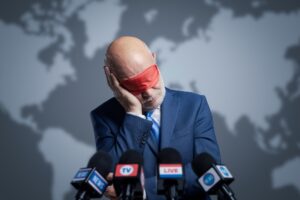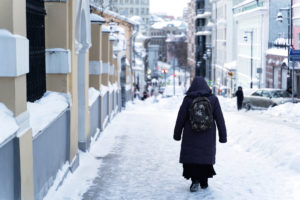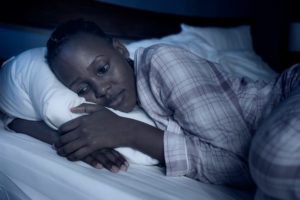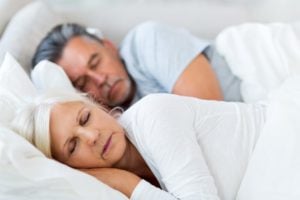Study Finds Racial Disparities in Childhood Insomnia That Persist Among Young Adults

Research over the past few decades has shown that African Americans have a higher risk of sleep problems. Now, recently published results from a long-term study suggest that racial disparities in sleep health may start early in life, with young Black children more likely to have insomnia symptoms that carry over into adulthood.
In a study funded by the National Institutes of Health and published in the journal Sleep, researchers analyzed results from 519 participants in a long-term sleep health study. This group of people underwent sleep studies as children, again as teens, then once more in young adulthood to track how their sleep health evolved.
Of the study participants, 12.9% identified as Black/African American, 7.1% as Hispanic/Latinx, 3.5% as “other,” and the rest as white. The researchers looked for symptoms of insomnia, a condition characterized by persistent trouble falling asleep or staying asleep.
Compared to non-Hispanic white participants, Black study participants were found to be 2.6 times more likely to show symptoms of insomnia in childhood that persisted through young adulthood. The researchers conducted statistical analysis to rule out the chances that sleep differences were caused by other factors such as body weight, sex, or other medical conditions.
According to the study data, Hispanic participants were 1.8 times more likely than white individuals to have persistent insomnia symptoms starting in childhood. However, the percentage of Hispanic people in the study was relatively small and was not representative of the total Hispanic population in the United States.
There are many potential reasons why insomnia is more prevalent among Black people. For example, research suggests that socioeconomic factors, neighborhood stressors, and stress related to racially motivated police violence may all affect sleep for Black Americans.
Chronic insomnia can have significant impacts on health and may partly explain why certain conditions, such as cardiovascular disorders, are more common among African Americans.
In a press release, Julio Fernandez-Mendoza, a professor at Penn State College of Medicine and the senior author of the recent study, advocated for early intervention to address childhood sleep issues.
“We shouldn’t wait until someone comes to the clinic as an adult who has suffered from poor sleep all their life,” Fernandez-Mendoza said. “We need to pay more attention to insomnia symptoms in children and adolescents.”
Got a hot tip? Pitch us your story idea, share your expertise with SleepFoundation.org, or let us know about your sleep experiences right here.
References
5 Sources
-
Baron, K. G., Gilyard, S. G., Williams, J. L., Lindich, D., Koralnik, L., & Lynch, E. B. (2019). Sleep-related attitudes, beliefs, and practices among an urban-dwelling African American community: A qualitative study. Sleep Health, 5(4), 418–425.
https://pubmed.ncbi.nlm.nih.gov/31303474/ -
Singh, R., Atha, R., Lenker, K. P., Calhoun, S. L., Liao, J., He, F., Vgontzas, A. N., Liao, D., Bixler, E. O., Jackson, C. L., & Fernandez-Mendoza, J. (2024). Racial/ethnic disparities in the trajectories of insomnia symptoms from childhood to young adulthood. Sleep. Advance online publication.
https://pubmed.ncbi.nlm.nih.gov/38270531/ -
Yu, C. (2024, April 5). Disparities in sleep health and insomnia may begin at a young age. Penn State University., Retrieved April 16, 2024, from
https://www.psu.edu/news/research/story/disparities-sleep-health-and-insomnia-may-begin-young-age/ -
American Academy of Sleep Medicine. (2014). The International Classification of Sleep Disorders – Third Edition (ICSD-3). Darien, IL.
https://aasm.org -
Moslimani, M. & Noe-Bustamante, L. (2023, August 16). Facts on Latinos in the U.S. Pew Research Center., Retrieved April 16, 2024, from
https://www.pewresearch.org/hispanic/fact-sheet/latinos-in-the-us-fact-sheet/









